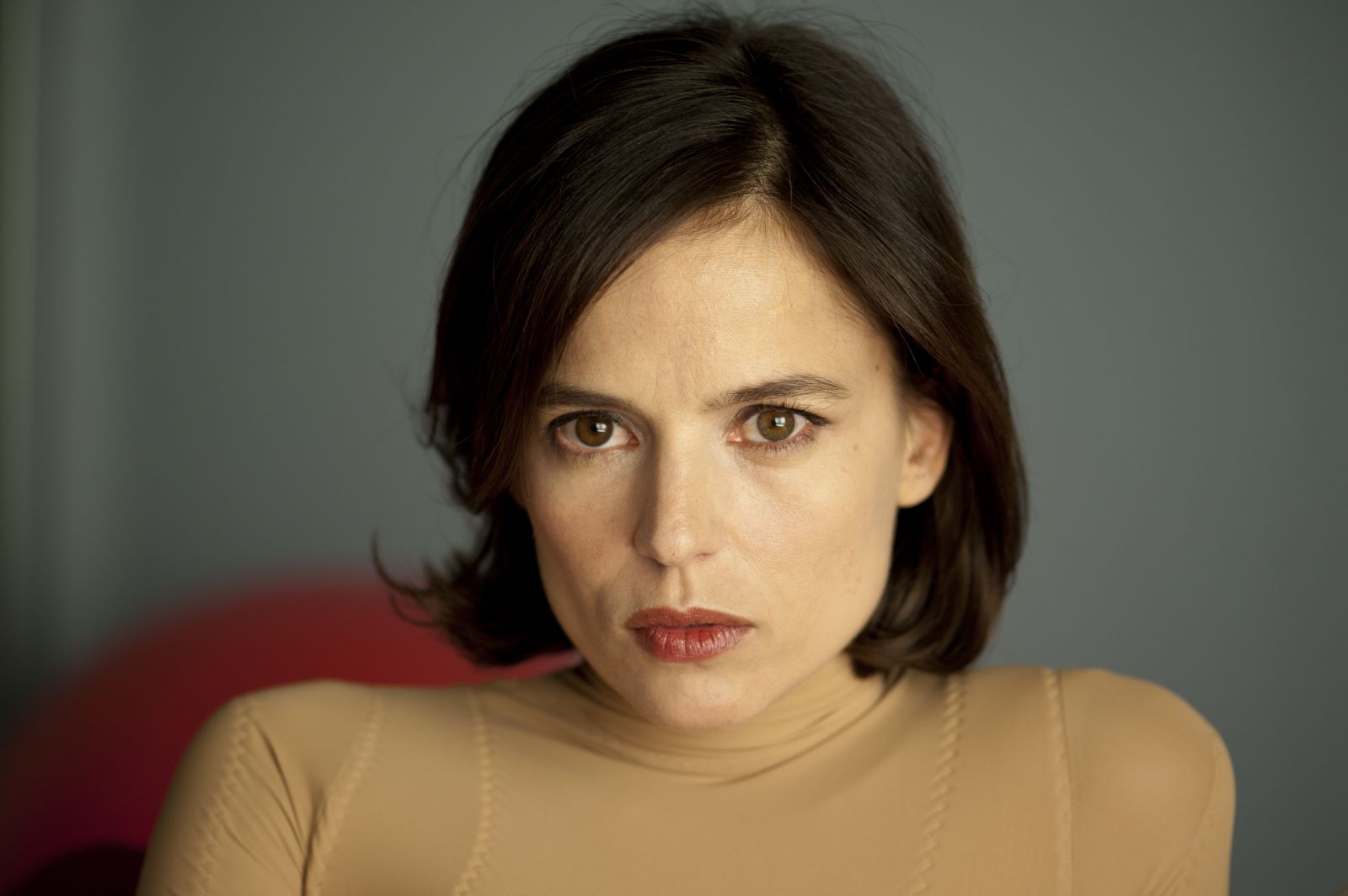
One of the most noticeable aspects of cinema that came out of the last decade was that the horror genre had seriously picked up its game. With auteurs such as Ari Aster, Robert Eggers, Jennifer Kent and Jordan Peele leading the way into perhaps a new golden era of terror. However over the years, some of the greatest filmmakers of all time have made an indelible impact into the world of horror by producing some of the finest films not only in the genre, but also in the history of cinema itself.
Out of fairness, I have decided to leave out Hitchcock’s Psycho, Kubrick’s Shining, Spielberg’s Jaws and Scott’s Alien simply because their vast influence has already been noted and written about to the point of oversaturation. That is why I have made the decision to include films that while they are still classics, have either been unfairly judged alongside the previously mentioned masterpieces or for some reason or another, have simply not been viewed as much by mainstream audiences.
1. Hour of the Wolf (1968, Ingmar Bergman)
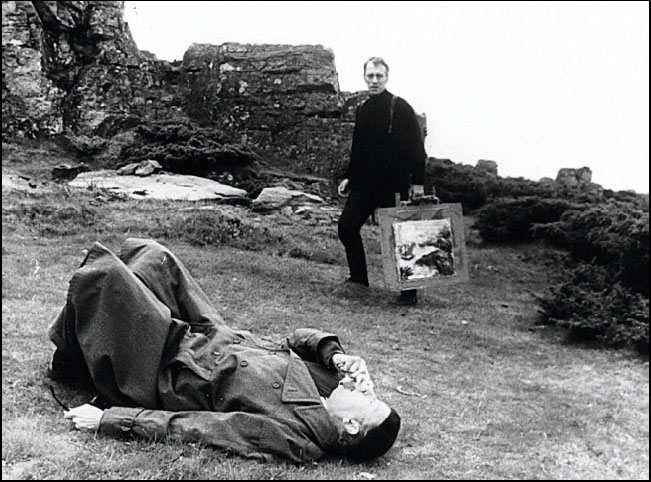
We start the list with quite possibly the single most celebrated and revered film director ever to have lived, Ingmar Bergman. The Swedish auteur’s expansive filmography is littered with masterpieces that continue to be studied and enjoyed by film lovers across the world. Lauded for the ability in his work to examine the human condition by raising difficult questions for the audience answer for themselves. His films tackle themes such as existentialism, religion and most notably in his 1968 horror film Hour of the Wolf, insanity.
The plot follows a married couple on the brink of complete collapse as a result of the husband’s deteriorating mental health. The husband, played by the legendary Max von Sydow, is the epitome of a tortured artist. He’s a painter who draws sketches of the horrifying creatures he sees in his nightmares. The wife, played by the equally legendary Liv Ullman, is on the brink of a mental breakdown herself due to the stress of looking after her ailing partner.
As the film progresses, the horrific visions become more and more real, and by the time at night called ‘Hour of the Wolf’, the demons are fully running amok. Critics and movie theorists posits that the husband represents Bergman himself, while not the director exactly, more of an alter ego. It is common knowledge that Bergman suffered from mental health issues all his life, even being hospitalized at one point for severe depression. So it is not difficult to transpose the director into the place of his protagonist, meaning we as an audience are actually watching the legendary filmmaker fighting his own demons onscreen instead.
2. Don’t Look Now (1973, Nicolas Roeg)
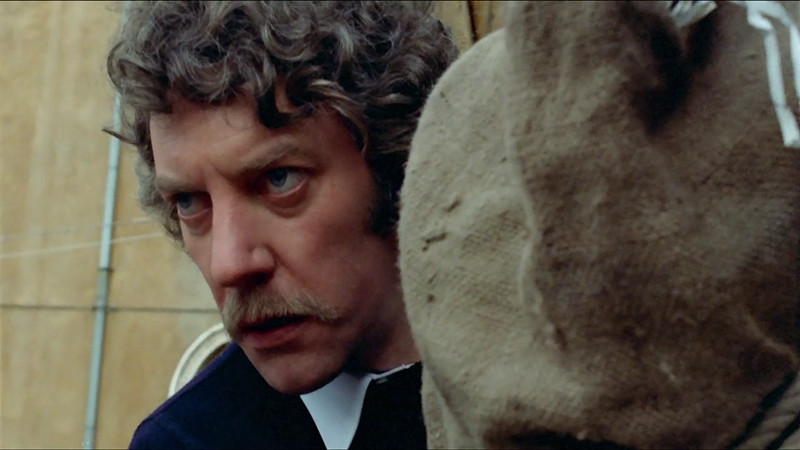
Over the years, Nicolas Roeg’s reputation as an influential filmmaker only seems to be getting stronger. Cutting his teeth as a cinematographer, working with acclaimed directors Roger Corman, John Schlesinger and Francois Truffaut among others. But by the end of his career, many of Roeg’s films as a director has inspired some of the leading directors today, including Danny Boyle, Christopher Nolan and Ridley Scott. But out of his entire filmography, there is one film that stands out from the pack.
Adapted from a short story by the acclaimed author, Daphne du Maurier, Don’t Look Now is now seen as one of single most important horror films ever made. The movie’s two leads, Donald Sutherland and Julie Christie, each portray perhaps the most realistic depiction of grief in the history of cinema, but to me it’s Roeg who proves to be film’s real star from behind the camera. His sheer revolutionary use of flashbacks and flash-forwards evokes confusion and distress in the audience that instantly puts them in the protagonist’s shoes. Not to mention his composition shots are simply works of genius, showing the full introspection not just into the character’s fragile psyche but also into film’s location itself.
Roeg makes great use of Venice’s classical architecture, crumbling buildings and twisting alleys so that the city presents a haunting atmosphere, filling us with a constant sense of dread, building and building until the film’s iconic climax, cementing Don’t Look Now as an all-time masterwork in psychological terror.
3. Deep Red (1975, Dario Argento)
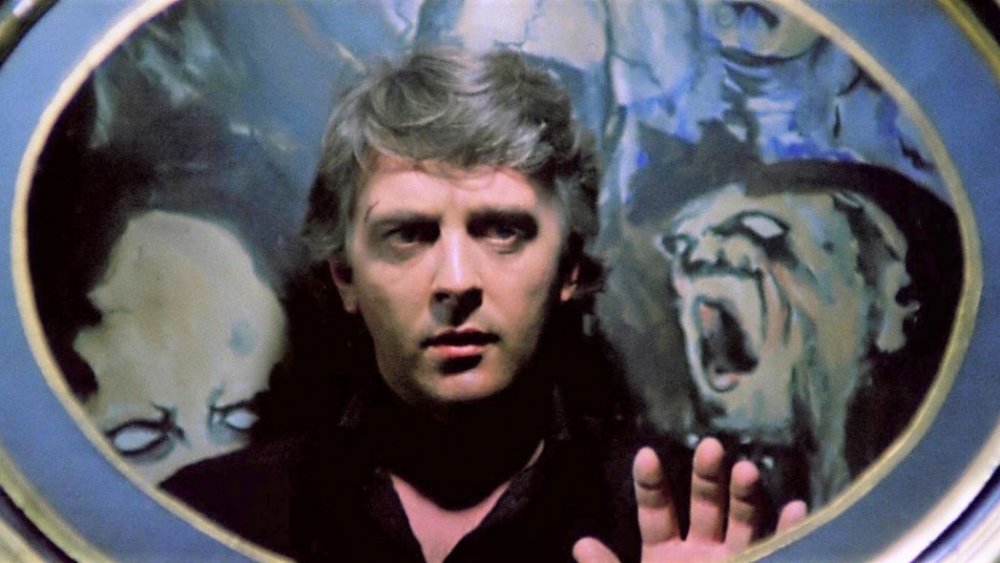
Dario Argento is perhaps the most recognizable name to come out of the giallo genre. He is seen as one of the defining directors of horror and was positioned by many critics as being the heir apparent to Hitchcock as the new ‘Master of Suspense’. While his recent work has been seen a major deterioration of the director’s reputation, his earlier films are still seen as masterpieces. Perhaps the most famous of his films is the occult classic Suspiria, but the movie that preceded it is often argued as his true magnum opus, Deep Red.
Deep Red has all the traits of a great giallo film; these include beautiful cinematography, vivid colours and of course lots and lots of violence. The movie stars David Hemmings as a pianist turned sleuth who investigates a series of gruesome murders by a black glove-wearing psychopath. The most notable scenes in the film are the slayings themselves, whether it’s being hacked to pieces by meat cleaver, drowned in a scalding hot bath or someone’s head being crushed by speeding car.
The most iconic scene in the film however involves perhaps the creepiest-looking doll in cinema history (that’s right, take that Annabelle). The reason I believe why some people prefer Deep Red to Suspiria is because this is Argento at his least restricted, with every gruesome death it feels like the director is having the time of life. It would almost be disgusting if we weren’t all along for the ride enjoying it with him.
4. Eraserhead (1977, David Lynch)
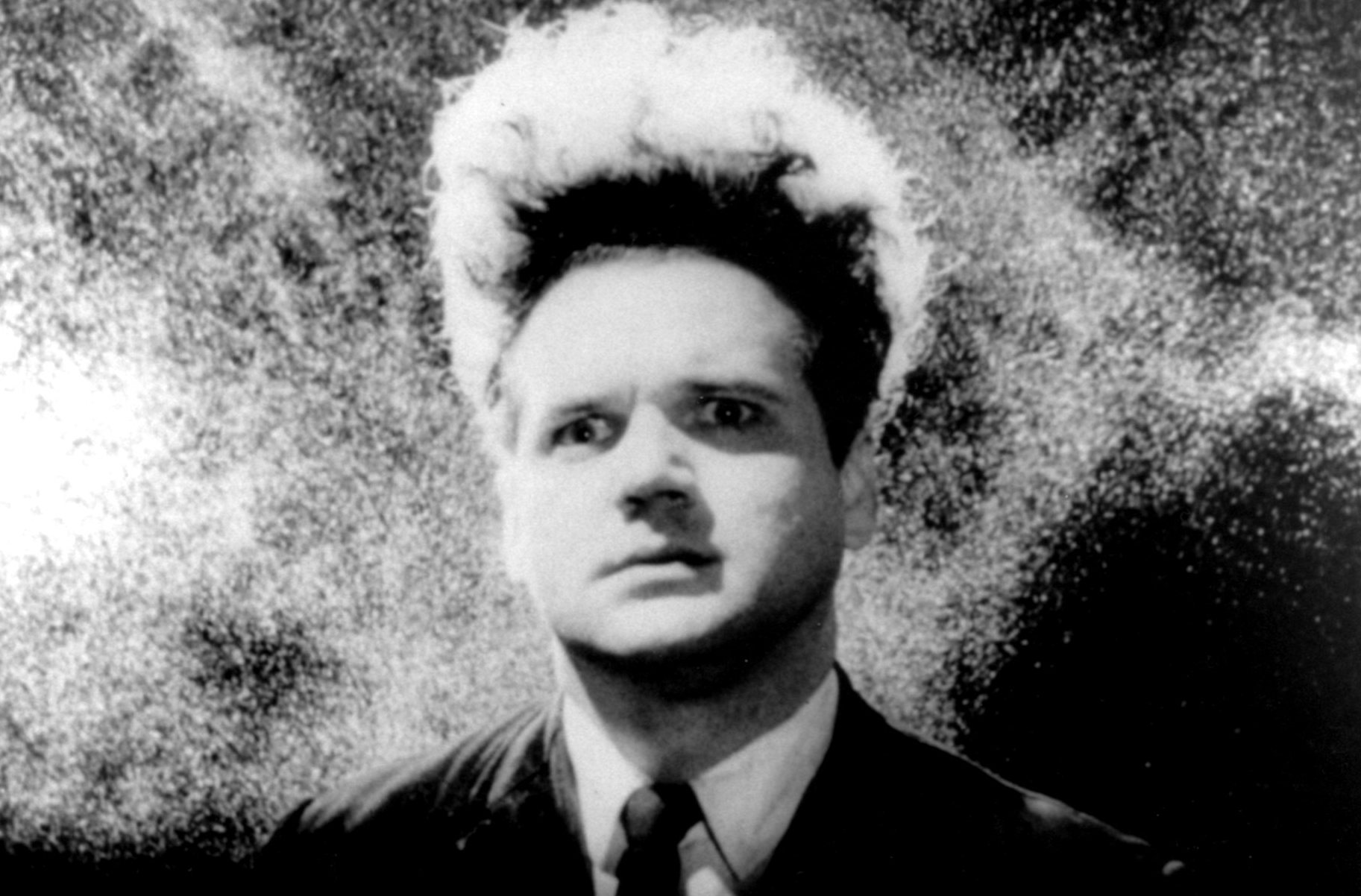
It’s safe to say that after its release in 1977, David Lynch’s Eraserhead evoked a strong reaction from cinemagoers. It was as much praised as it was reviled, but everyone who has seen it unanimously agrees one one thing, there had never been another film quite like it. To this day, Eraserhead continues to leave audiences stunned, sickened and most likely confused by its surreal images of body horror that has gone on to solidify Lynch’s reputation as the mad genius of cinema.
The film is full of nightmarish moments that have become ingrained into the memories of anyone who has seen it. These include perhaps the most awkward dinner scene in film history that includes a miniature turkey squirming and oozing blood as it’s being carved into, a newborn that resembles an overgrown sperm than it does a human child and of course who can forget the disturbing yet soothing rendition of ‘In Heaven’ from a deformed character credited as ‘Lady in the Radiator’.
The film should also be praised for its frequent uses of dark humour, including a particular scene where the main character’s eraser-shaped hairstyle becomes a self-professed prophecy when he dreams of his decapitated head being taken to a pencil factory. Stanley Kubrick went on record calling Eraserhead his favourite film of all time, if that isn’t enough of a reason to check this movie out then I don’t know what is.
5. Nosferatu the Vampyre (1979, Werner Herzog)
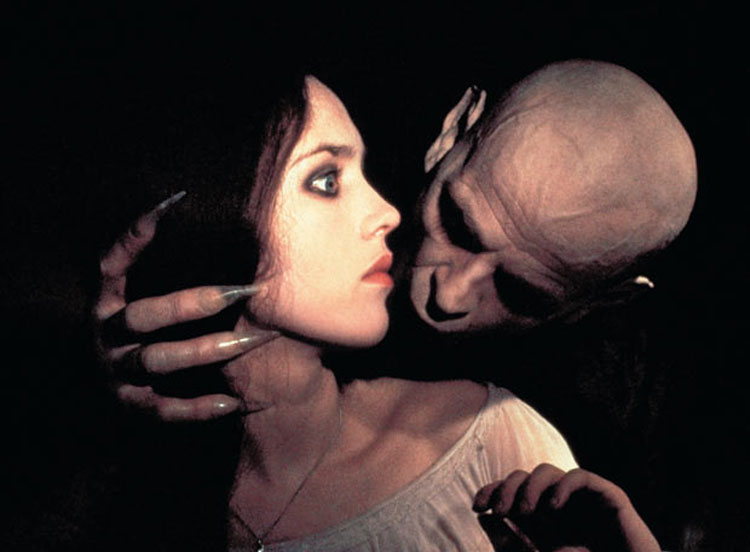
F.W. Murnau’s Nosferatu is generally seen not only as one of the most impactful horror films ever made, but perhaps the greatest German movie of all time. At least that is what director Werner Herzog felt, that is why in 1979, he decided to direct a remake of Murnau’s masterpiece as a loving homage to his cinematic idol. Herzog had already earned a reputation as a leading figure in German cinema, his films Aguirre, Wrath of God, The Enigma of Kaspar Hauser and Stroszek still hold up as classics to this day. But still, it seemed like a huge step at the time for one of Germany’s best young filmmakers to remake the most influential film in the country’s history.
Herzog reunited himself with his long-time onscreen muse, the controversial Klaus Kinski who plays the iconic role of Count Dracula with such intense menace that at times he surpasses Max Schreck’s portrayal of the iconic character. The film also includes an impressive supporting cast including legends of European cinema, Isabelle Adjani and Bruno Ganz.
Not once does Herzog’s Nosferatu suck the life out of the original’s legacy but instead breathes new life into it, as well as making perhaps the single greatest remake of a classic horror film ever, just think of the ground that covers. The movie contains the right amount of grimness and gore that you want in a vampire flick, while also postulating on themes of abject loneliness and immortality, that positions Dracula as a tragic character, albeit a frighteningly monstrous one.